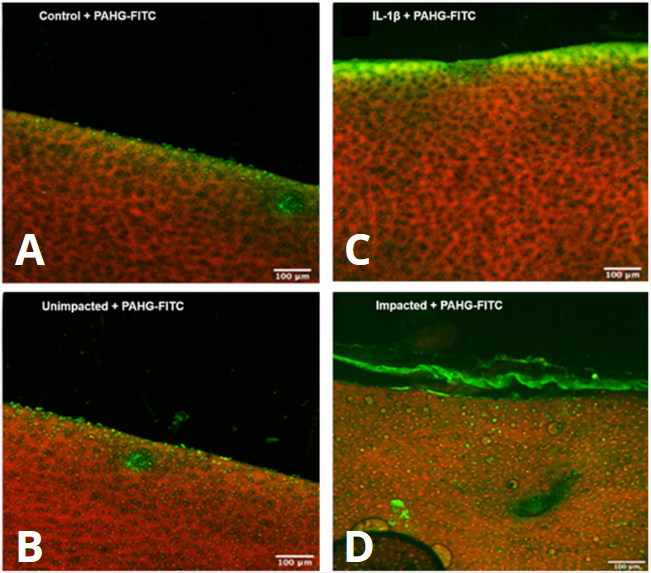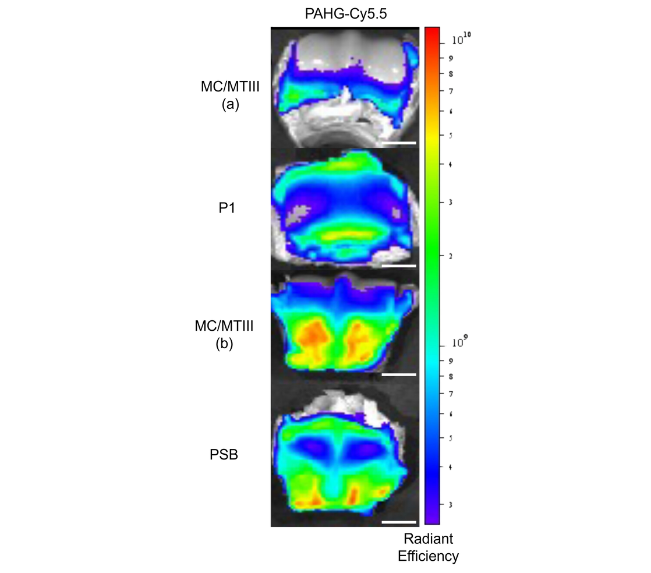Keeping your horse comfortable and moving well is important, whether they are a top athlete or a beloved companion. Over time, joint health becomes a key part of their overall well-being. Horses rely on smooth, pain-free movement to perform their best and enjoy daily activities. Joint discomfort can impact their quality of life, affecting everything from athletic performance to simple pasture movement. Noltrex®Vet provides long-lasting support and can be used repeatedly to help maintain joint function and comfort over time.
Noltrex®Vet is a synthetic lubricant designed to stay in the joint longer than many other options. This helps reduce friction and keeps the joint moving smoothly with fewer treatments, allowing horses to continue their work, training, and daily routines with greater ease.
A single dose of Noltrex®Vet remains in the joint for around 30-60 days. This duration may be longer, in some cases, when subsequent dosing is utilized. While every horse is different, veterinarians generally report that the clinical effects of Noltrex®Vet last 2-4 times longer than treatments without it. Factors such as the degree and type of tissue damage, how hard the horse works, aging, and others, can influence how long the benefits last.
One of the key benefits of Noltrex®Vet is that it can be used multiple times without building up in the joint or surrounding tissues. Over time, the gel gradually breaks down and is naturally removed by the body. Factors like joint movement and normal wear help with this process, making repeat dosing a suitable option for ongoing care. Since every horse has different needs, the ability to tailor a joint care plan with repeat applications ensures long-term comfort and performance.
Noltrex®Vet is made from synthetic polyacrylamide, which is both biocompatible and inert. Unlike some other materials, polyacrylamide does not break down due to inflammatory processes or by enzymes – this ensures that Noltrex®Vet can provide lubrication without being broken down too quickly.
Not all polyacrylamide hydrogels work the same way. Differences in how they are made can change how they behave in the joint. Research has shown that Noltrex®Vet is fully removed from the joint and surrounding tissues over time. This means it does not linger unnecessarily and can be used as part of a long-term joint care plan. The ability to repeat Noltrex®Vet treatment when needed allows owners and veterinarians to adapt treatment schedules based on the horse’s response and activity levels, ensuring optimal support.
As horses age or stay active in demanding disciplines, their joints face natural wear and tear. Taking a proactive approach to joint care can help them stay comfortable and moving freely. By addressing joint health early and maintaining a consistent care routine, owners can help prevent long-term mobility issues. Using Noltrex®Vet as part of a long-term strategy allows for:
References:
McClure, S. R., Yaeger, M., & Wang, C. (2017). Clinical and Histologic Evaluation of Polyacrylamide Gel in Normal Equine Metacarpal/Metatarsal-Phalangeal Joints. Journal of Equine Veterinary Science, 54, 70–77.
McClure, S. R., Peitzmeier, M. D., Jackman, B. R., Evans, R. B., Ziegler, C. L., & Ganta, C. K. (2024). Serial injections of 4% polyacrylamide hydrogel have no detrimental effects in equine joints following clinical, histologic, and synovial biomarker evaluation. American Journal of Veterinary Research, 1–7.
Managing osteoarthritis (OA) in horses requires a comprehensive approach that supports joint function while addressing pain and inflammation. Noltrex®Vet is a synthetic polyacrylamide hydrogel designed to provide long-lasting lubrication and cartilage protection by reducing friction within the joint. Noltrex®Vet physically supports joint function and plays a vital role in a multi-modal treatment plan by improving joint mechanics and complementing other therapies that are aimed at managing inflammation, pain, and tissue healing.
Noltrex®Vet’s unique characteristics provide multiple benefits, including:
Protecting cartilage integrity is essential in managing equine OA. The wear and tear from high-impact activities can cause pain and accelerate joint deterioration. By forming a protective lubricating layer on the cartilage, Noltrex®Vet supports an optimal environment for long-term joint health, offering an innovative approach to joint care.

The Noltrex®Vet, stained fluorescent green, is seen here forming a layer on the cartilage in areas of damage. Images A and B are healthy cartilage. Cartilage damage due to inflammation is represented by image C, and trauma damage by image D. (Vishwanath, McClure & Bonassar, 2023)

Fluorescently stained Noltrex®Vet, demonstrating presence on the cartilage surface in the fetlocks of horses. Cartilage explants had lower friction, confirming the presence and function of the gel at the cartilage surface. (Vishwanath, McClure & Bonassar, 2024)
References:
Vishwanath, K., McClure, S. R., & Bonassar, L. J. (2023). Polyacrylamide hydrogel lubricates cartilage after biochemical degradation and mechanical injury. Journal of Orthopedic Research, 41(1), 63-71.
Vishwanath, K., McClure, S. R., & Bonassar, L. J. (2024). Heterogeneous distribution of viscosupplements in vivo is correlated to ex vivo frictional properties of equine cartilage. Journal of Biomedical Materials Research – Part A.